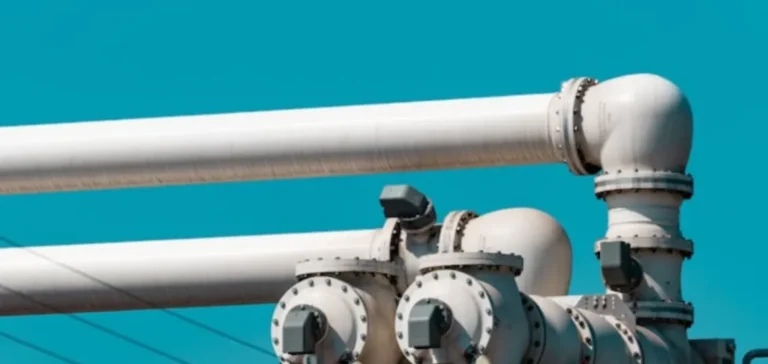Oilfield service provider OMS Energy is strengthening its global footprint through a technology-driven strategy. The Singapore-based company is now investing in artificial intelligence (AI) and robotics solutions to meet the growing demand for pipeline inspection and maintenance, a segment estimated at USD102.9bn in 2025 and projected to reach USD150bn by 2035.
Paradigm shift in pipeline inspection
The oilfield engineering sector, long dominated by conventional inspection methods, is rapidly evolving due to geographic and climatic constraints. OMS Energy anticipates a transition toward automated systems capable of operating in extreme environments, reducing human risk and increasing operational profitability.
According to Data Bridge Market Research, the global pipeline monitoring systems market is expected to reach USD32.65bn by 2032, with a compound annual growth rate of 7.40%. OMS Energy, in search of international technology partners, is exploring solutions combining intelligent sensors, real-time data collection and robotic intervention to establish a lasting foothold in this segment.
Geographic expansion and localisation strategy
With eleven production sites across Singapore, Malaysia, Brunei, Saudi Arabia, Thailand and Indonesia, OMS Energy is consolidating its position in high-output oil zones. The company relies on a local integration strategy: recruiting local labour, collaborating with regional suppliers and complying with regulatory frameworks for public tenders.
The recent supply of the first smart wellhead system to MOL Pakistan illustrates this dynamic. By integrating components from several sector players, manufacturing key modules in Singapore and providing on-site installation support, OMS Energy positions itself as a key player in the digitalisation of oilfield operations.
Expanding into urban pipeline infrastructure
Beyond oil infrastructure, OMS Energy is considering expanding into the urban pipeline maintenance market, estimated to exceed USD50bn globally by 2030. In China alone, this segment could reach USD10bn, presenting significant opportunities for companies with adaptable technologies for non-industrial environments.
As part of recent projects, OMS Energy delivered and installed key components for MOL Pakistan, a subsidiary of the Hungarian MOL Group. The partnership includes real-time monitoring, remote control and automation of wellhead equipment, aimed at enhancing productivity and operational safety.
Market valuation and growth outlook
As of March 31, 2025, OMS Energy serves more than 200 clients worldwide, including several major oilfield service firms. The company relies on higher-margin pipeline maintenance services to offset the lower profitability of equipment manufacturing.
Despite a recent surge in its stock price, OMS Energy remains valued at a forward P/E ratio below 5x—well under the industry average of 15x. This discount supports mid-term revaluation prospects, especially as Roth Capital maintains a price target of USD10 per share, more than double its current value.






















